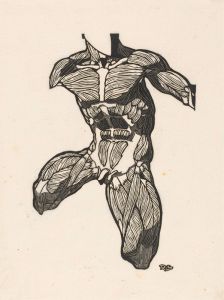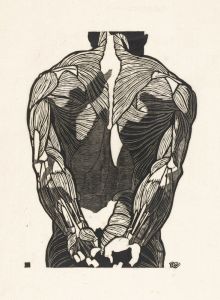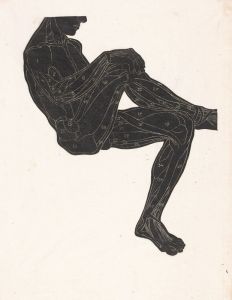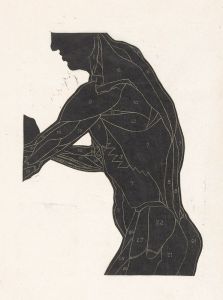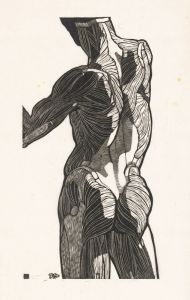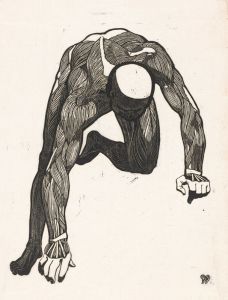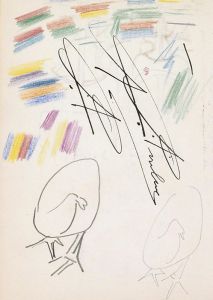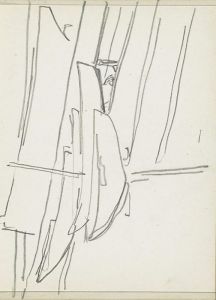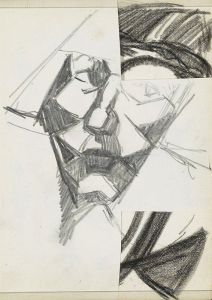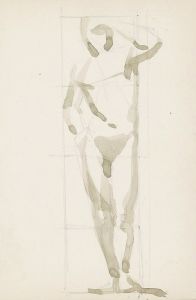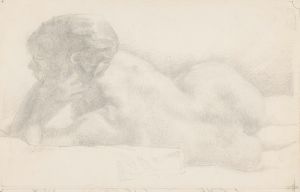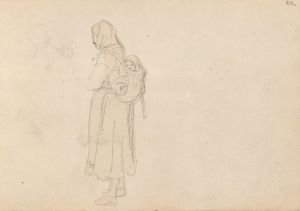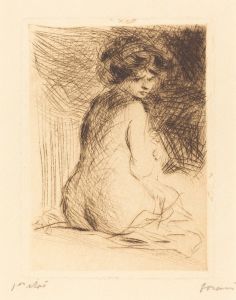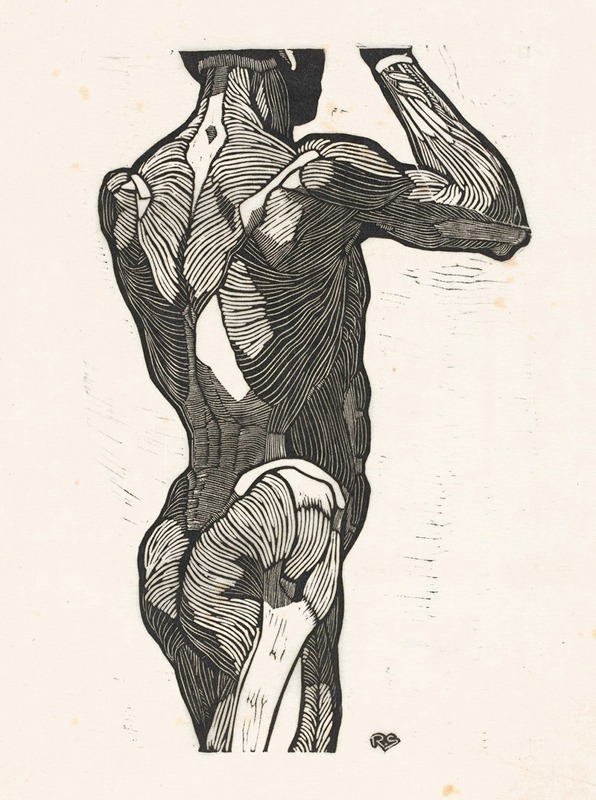
Anatomische studie van de rug- en bilspieren van een man
A hand-painted replica of Reijer Stolk’s masterpiece Anatomische studie van de rug- en bilspieren van een man, meticulously crafted by professional artists to capture the true essence of the original. Each piece is created with museum-quality canvas and rare mineral pigments, carefully painted by experienced artists with delicate brushstrokes and rich, layered colors to perfectly recreate the texture of the original artwork. Unlike machine-printed reproductions, this hand-painted version brings the painting to life, infused with the artist’s emotions and skill in every stroke. Whether for personal collection or home decoration, it instantly elevates the artistic atmosphere of any space.
Reijer Stolk (1896–1945) was a Dutch artist known for his contributions to graphic art, painting, and printmaking. One of his notable works is Anatomische studie van de rug- en bilspieren van een man (Anatomical Study of the Back and Gluteal Muscles of a Man). This artwork exemplifies Stolk's interest in anatomical precision and his ability to combine artistic expression with scientific observation.
The piece is a detailed anatomical study focusing on the musculature of the human back and gluteal region. It reflects the broader tradition of anatomical art, which has been a significant part of European art history since the Renaissance. Artists such as Leonardo da Vinci and Andreas Vesalius laid the groundwork for the integration of art and anatomy, and Stolk's work continues this tradition in a 20th-century context. His depiction of the human form demonstrates a meticulous attention to detail, likely informed by both artistic training and an understanding of human anatomy.
Stolk's career was marked by his versatility as an artist. He worked in various mediums, including woodcuts, lithographs, and drawings, and was associated with the Dutch art movements of the early 20th century. His works often combined modernist aesthetics with traditional techniques, showcasing his ability to bridge different artistic approaches. While much of his oeuvre includes abstract and decorative designs, Anatomische studie van de rug- en bilspieren van een man stands out as a more representational and scientific piece.
The historical context of this artwork is significant. During the early 20th century, there was a renewed interest in the study of anatomy among artists, partly due to advancements in medical science and a desire to understand the human body more deeply. Stolk's anatomical study can be seen as part of this broader trend, reflecting both his personal artistic interests and the intellectual currents of his time.
Reijer Stolk's life was tragically cut short during World War II, as he died in 1945. Despite his relatively short career, his works remain a testament to his skill and versatility as an artist. Anatomische studie van de rug- en bilspieren van een man is a fine example of his ability to merge scientific inquiry with artistic creativity, contributing to the rich tradition of anatomical art in European history.
Further details about the specific circumstances of the creation of this artwork, such as its exact date or intended purpose, are not widely documented. However, it remains an important piece within Stolk's body of work and a reflection of his artistic and intellectual pursuits.





